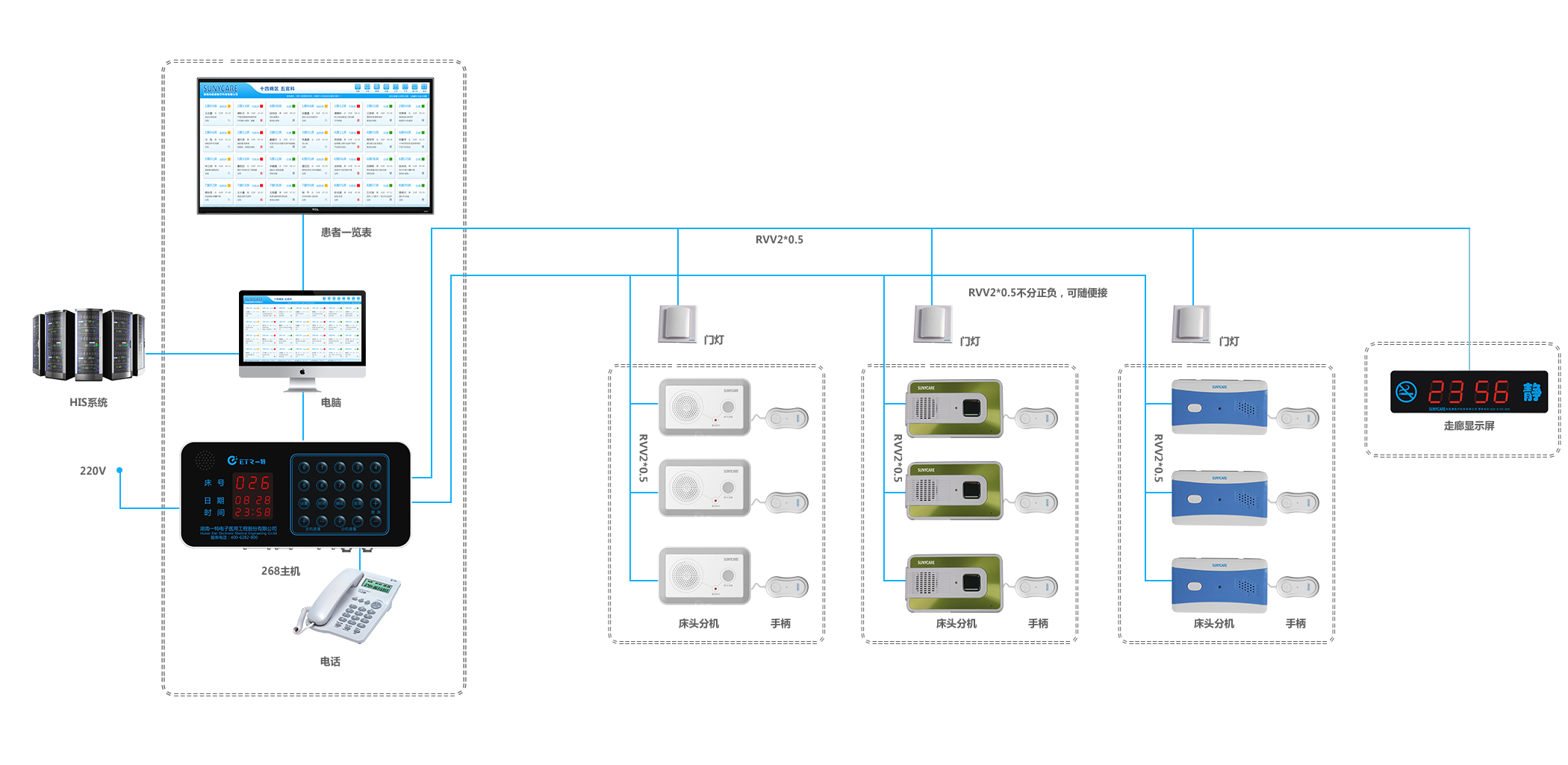Fertilization is very important during tomato growth. Only scientific and rational fertilization can win the high yield of tomatoes.
First, fertilization indicators
For every 1,000 kilograms of tomato produced, 2.7 kilograms of nitrogen fertilizer, 0.7 kilograms of phosphate fertilizer, 5 kilograms of potassium fertilizer, and trace elements are required.
Second, the need for fertilizer characteristics and the main lack of symptoms
Tomatoes have a high demand for nutrition throughout their lives. In addition to the main elements of nitrogen, phosphorus and potassium, trace elements are also essential. Only in the case of a variety of nutrients can ensure the fruit yield and quality. Malnutrition can cause symptoms of poor growth.
1. Nitrogen is the main element for nutrient production and is an important substance for the synthesis of protein and chlorophyll. When nitrogen is insufficient, the whole plant is short, thin, chlorotic, and the fruit is small. The yield is low; Low rates, resistance to pests and diseases, fruit intolerance squeeze, short shelf life and other symptoms.
2. Phosphorus participates in a variety of key physiological processes of tomato. Phosphorus is present in all living cells and it plays an irreplaceable role in the process of root development and fruit maturation. Tomato seedlings lack phosphorus and grow stagnant, their leaves are purple, and their leaves are grayish green. The flowers are easy to fall off and the leaves appear later.
3. Potassium is an important element that affects the quality of tomato. It can increase the sweetness of fruits and reduce the invasion of crop diseases. It can increase fruit set rate of flowering, promote flowering, premature flowering, early maturity, and prolong the effect of fruit freshness. When potassium is insufficient, the lower leaf margin of the tomato is curled, yellow wilting, and grayish white spots, and the potassium-deficient fruit is expressed as "green back disease."
4, tomato calcium deficiency susceptible to umbilical rot, affecting yield. Initially, fruit flesh near the umbilicus of the fruit top showed watery necrosis, and the diseased tissue collapsed, followed by darkening, shrinkage, and subsidence, and generally did not drop fruit.
5, tomato sensitive to magnesium deficiency, magnesium deficiency occurs when the chlorosis between the lower veins, leaf margin into orange, red, purple and other colors, the fruit also faded from red to pale orange, pulp viscosity decreased.
6, tomato lack of sulfur, yellowing between veins, petiole and stem become red, internode shortening, leaves become smaller, the whole body color fading, pale green or yellow-green.
7, tomato lack of manganese, new leaf veins fade between yellow and green, veins remain green, veins clearer, a serious lack of manganese with gray or brown spots.
8, tomato iron deficiency, first in the top buds and new leaves appear yellow and white, green leaves along the veins, leaves thinning, generally no browning, necrosis, leaf base appears grayish yellow spots.
Two-wired Nurse Call System
ETR Two-Wired Nurse Call System is designed for providing the communication between patients in wards and medical personnel in nurses offices in case of any peculiar conditions in hospitals.,it has higher performance-cost ration and more simple installation than those products of the same variety.
Two-Wired Nurse Call System,Medical Nurse Call System,Calling System For Hospital,Nurse Call Station
Hunan Eter Medical Co., Ltd. , https://www.eter-tech.com